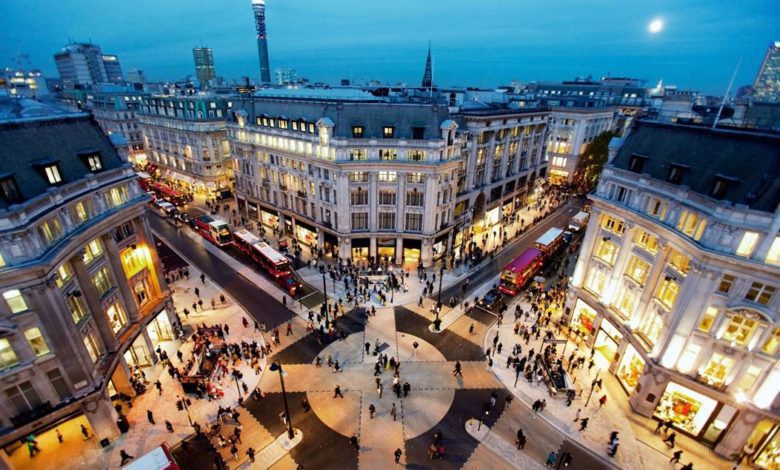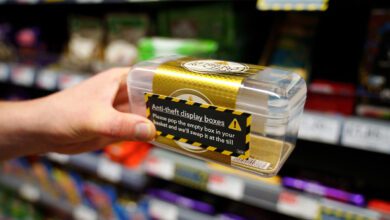Economy
UK retail prices rise to highest rate since 2011
The BRC said that food inflation remained the ‘key driver’ behind the price rises

Retail price annual inflation accelerated to 1.8% in February, up from 1.5% in January, marking the highest rate of inflation since November 2011, according to the British Retail Consortium (BRC) and NielsenIQ.
You'll need to
subscribe to unlock this content. Already subscribed? Login?







